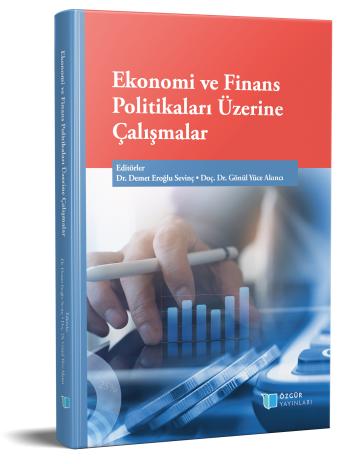
Türkiye'de 1960-2020 Döneminde Finans-Büyüme İlişkisi: Markov-Switching Rejim Değişikliği Modeli
Şu kitabın bölümü:
Eroğlu Sevinç,
D.
&
Yüce Akıncı,
G.
(eds.)
2023.
Ekonomi ve Finans Politikaları Üzerine Çalışmalar.
Özet
Bu makale, 1960-2020 döneminde Türkiye için Markov-switching rejim değişikliği modelini kullanarak finans-büyüme ilişkisini ele almaktadır. Ekonomik büyümenin göstergesi olarak reel GSYİH büyüme oranı, finansal gelişmişlik göstergesi olarak ise geniş paranın GSYİH'ya oranının değişimi ve yurtiçi kredilerin GSYİH'ya oranının değişimi kullanılmaktadır. Bulgular, geniş paranın GSYİH'ya oranındaki pozitif bir değişimin hem küresel kriz öncesi hem de sonrasında ekonomik büyüme hızını azalttığını göstermektedir. Öte yandan, yurt içi kredilerin GSYİH'ya oranındaki olumlu bir değişim her iki dönemde de ekonomik büyüme hızını artırmaktadır. Ayrıca, geniş paranın GSYİH'ya oranının artması, ekonomik büyüme hızını küresel kriz öncesi dönemden küresel kriz sonrasına göre daha az azaltmaktadır. Benzer şekilde, yurt içi kredilerin GSYİH'ya oranının artması, küresel kriz öncesinde ekonomik büyüme hızını küresel kriz sonrasına göre daha fazla artırmaktadır. Genel bir değerlendirme olarak, küresel krizin ardından finansın Türkiye ekonomisi üzerindeki olumlu etkisinin zayıfladığı görülmektedir.Ayrıca, para arzının ekonomik büyüme oranından daha fazla artmasının ülkenin potansiyel büyüme hızını düşürebileceği düşünülmektedir.

